
When I spent time with the Fuji X-H2S a year ago, I was particularly impressed with the auto-focus, the color reproduction, and the flexible functionality.
A year later I decided to write a follow-up about the camera, specifically to play with some features that gained better support after release—external RAW recording and the network battery grip.
A controversial topic that often comes up in regards to selecting the right camera for your production is, “Why do we still shoot on bigger cameras when the iPhone footage looks so, so good now?”
For one thing, bigger cinematic cameras integrate into our overall production system much better. Such as timecode and audio signals to make synching easier, or having external monitor support for client review, for example. They are typically built better for robust team production.
Fujifilm is cracking the walled garden with the X-H2S platform. It’s a camera at a consumer price point that feels entirely at home in professionally integrated productions.
First Things First
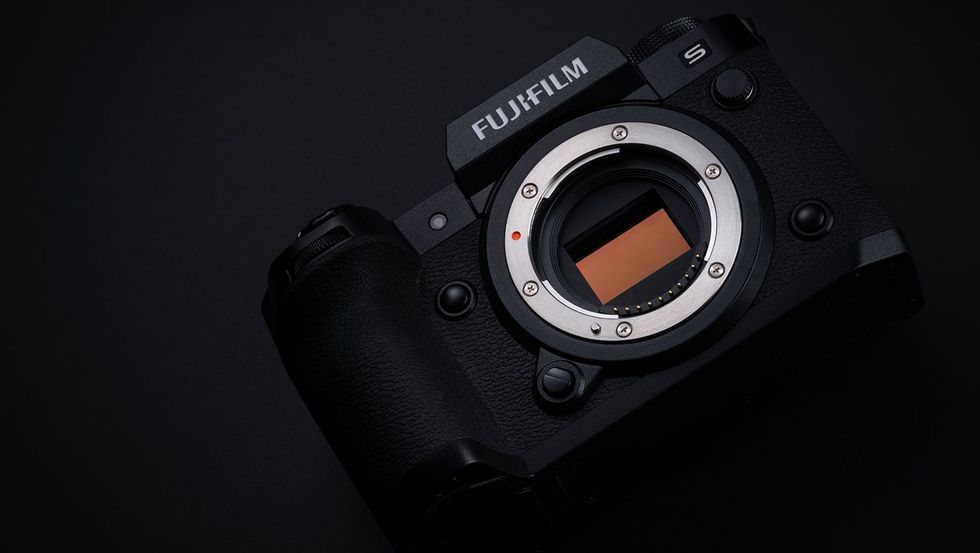
Why exactly is Fujifilm relevant when they don’t have a full-frame camera?
Well, it’s because the X-H2S is just that good. It functions great without a full-frame sensor.
The color reproduction is astoundingly pleasing, accurate but flattering, without any notoriously “tricky colors” that some competitors may suffer from. To make it even better, it has built-in internal film simulation modes that are pretty darn good. You don’t use them much, but they’re handy every once in a while on a tight turnaround project.
To continue, the X-H2S has autofocus to compete with pretty much everybody else. It’s even good enough to make Fujifilm’s “video-focused” lenses feel almost parfocal when you zoom.
If you’re shooting a doc project, or really anything where you are moving fast, the extra depth of field you get out of the smaller sensor will pay off in spades. And, frankly, the low light and fine detail stand up well versus its full frame competition. Watching the little eye tracker pop up and keep your subjects sharp as they bounce around feels “magical” (to borrow a marketing blurb from Apple).
Fujifilm makes a clear commitment to this sensor size, as well as medium format with the GFX line, and it works.
In addition, the body and lenses are a little smaller than most other cameras that can make images this good, which is great for solo shooters and run-and-gun projects.
External RAW
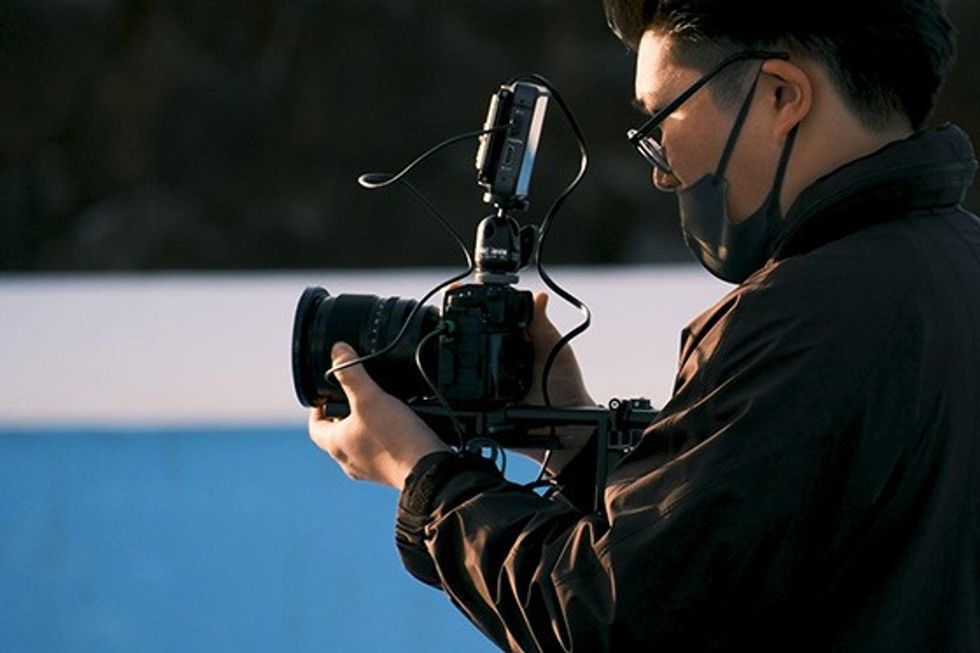
External RAW was a boon for smaller cameras over the past few years, and the Fujifilm X-H2S really shines with this combination.
The first external RAW recorder to address is the Blackmagic Video Assists. The Video Assist 12G HDR lets you get 6.2k raw from the camera via HDMI. You just set it up in-camera, push it out to the Video Assist, and hit record.
The benefits of this have been amazing. First off, it dramatically increases the flexibility you have in post. The X-H2S can shoot straight to ProRes, which is all you need if your white balance and ISO are perfect in-camera.
But when your white balance, ISO, or tint is off slightly (which almost never happens but sometimes does), the flexibility of RAW is a significant perk. The extra push and pull you get when color grading is also a boon.
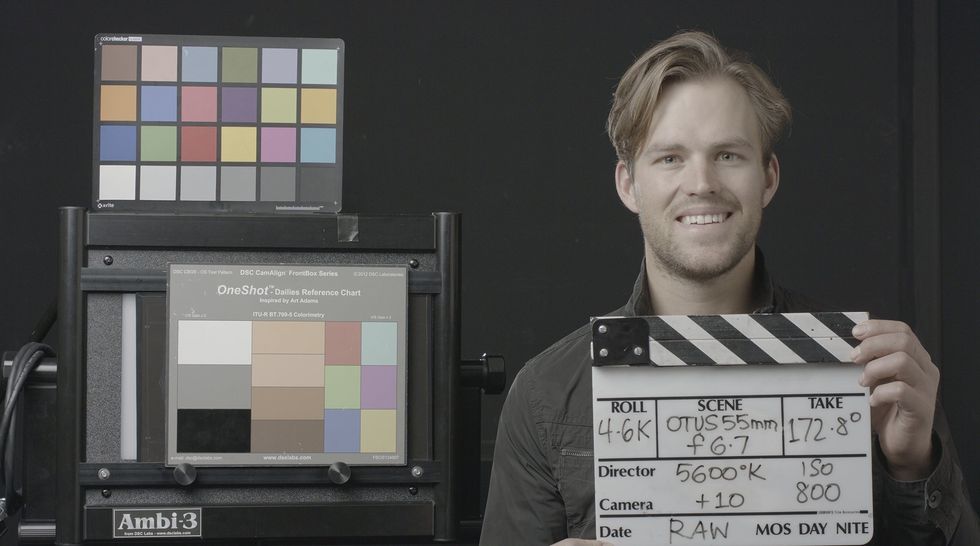
But it’s more than that. Blackmagic RAW files are a good bit smaller than ProRes files. Over five days of shooting, we shot more than 30 separate multi-camera interviews, shooting hours and hours of footage. This all fit within a single 4TB Samsung T7 drive that we plugged straight into the Blackmagic Video Assist.
We use Blackmagic RAW because it’s compatible no matter where we edit (Premiere, FCPX, or Avid). But in the end, we’re still going to color in Resolve. Further still, Blackmagic RAW and DaVinci Resolve are integrated so tightly together that, for now, it makes the most sense to use Resolve for your entire pipeline. The variable compression options alone make it an attractive RAW competitor.
If Blackmagic RAW isn’t a part of your workflow, you could always opt for an Atomos recorder and get ProRes RAW instead.
Media is affordable (the prices on T7 drives are ridiculous these days), the files are small, and yet we got the benefits of post flexibility, amazing color science, and superb autofocus.
Bitrate and Timecode
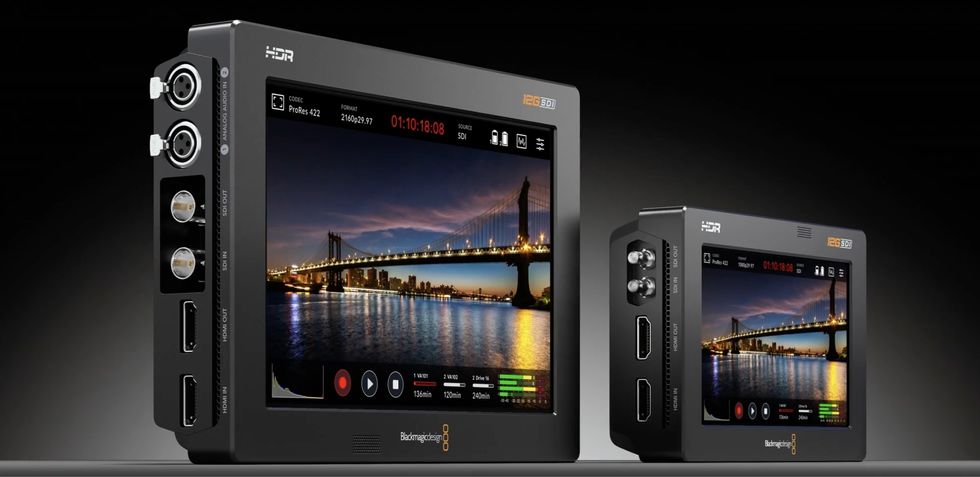
One of the nicest features of Blackmagic RAW is that you can choose constant bitrate or constant quality. We stuck with constant bitrate since we had the hard drive space, but we did some testing in interview setups of constant quality, and you get astounding images with smaller file sizes there.
If you find yourself running low on disk space or trying to keep costs down, it’s a usable option for static camera interviews, where most of the shot (except a head or mouth) stays the same frame to frame. Of course, if you are moving the camera at all, you want to stick with constant bitrate. Even at a relatively high bit rate, the files were a reasonable size compared to shooting ProRes.
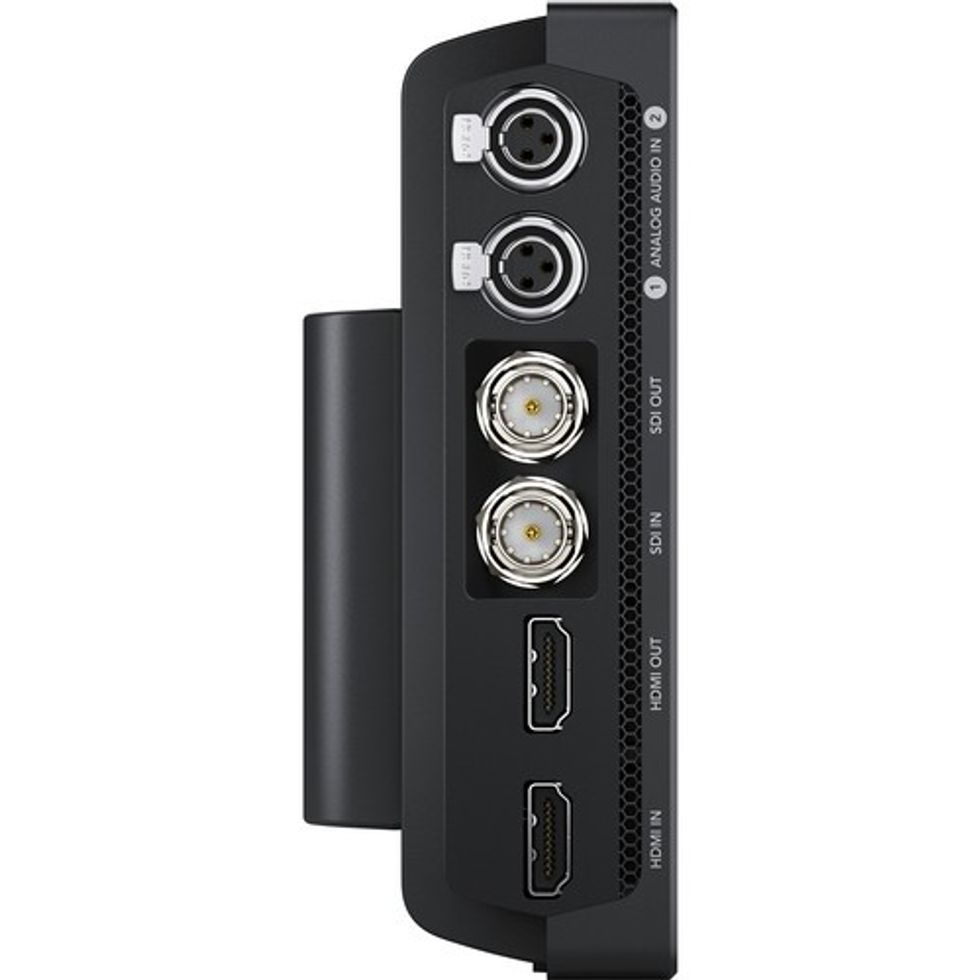
The other big perk with the Video Assist is Timecode input. One major frustration with the X-H2S is that you don’t get real Timecode input. Fujifilm is aware folks really want this, and while we don’t know if we’ll get it in an update, this is a workable solution if you’re shooting to a Video Assist. Blackmagic is good with Timecode, and you can input it over mini-XLR to keep your multi-camera setups in good sync.
However, our testing found that the Timecode was three frames out of sync when shooting 6.2k RAW to a T7 SSD with Video Assist. Your setup might vary, so you should test as well, either shooting a timecode slate or, short of that, at least grabbing a shot of the Timecode display on the box. During editing, Resolve makes it very easy to shift the Timecode a few frames to create the perfect sync. The important thing is that timecode doesn’t drift.
Network Grip
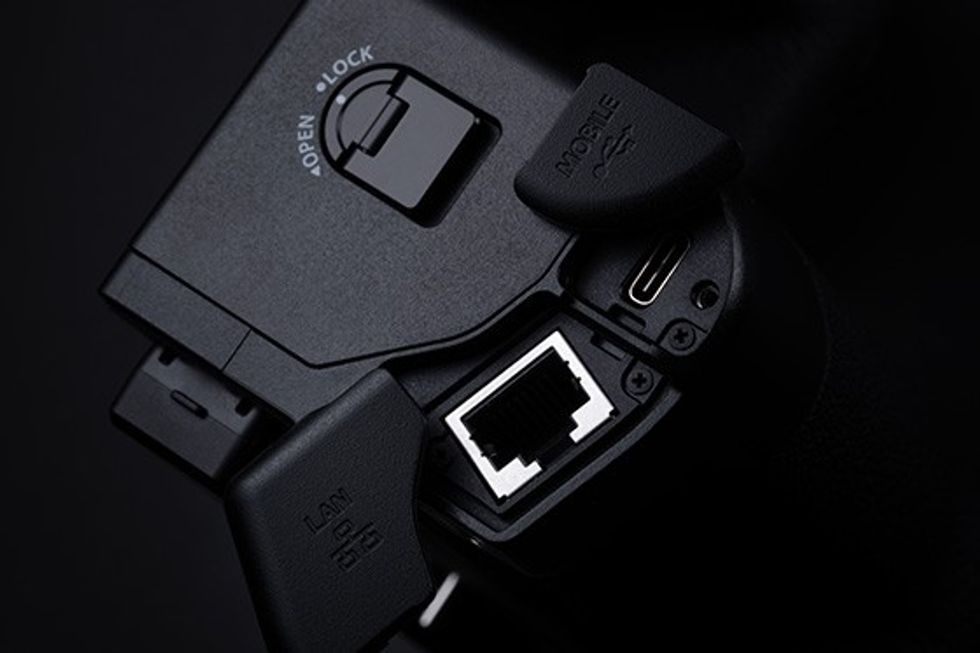
The network-attached grip on the X-H2S is an external battery grip that comes with both an Ethernet port and a WiFi antenna to connect to a network.
A common misconception is you need this unit for network access, but you don’t. There’s a WiFi antenna in the normal body. But it’s much, much better with the external grip since it has a more robust WiFi antenna that provides a more stable connection. Of course, the most stability comes from the Ethernet connection, but that tethers you to a cable.
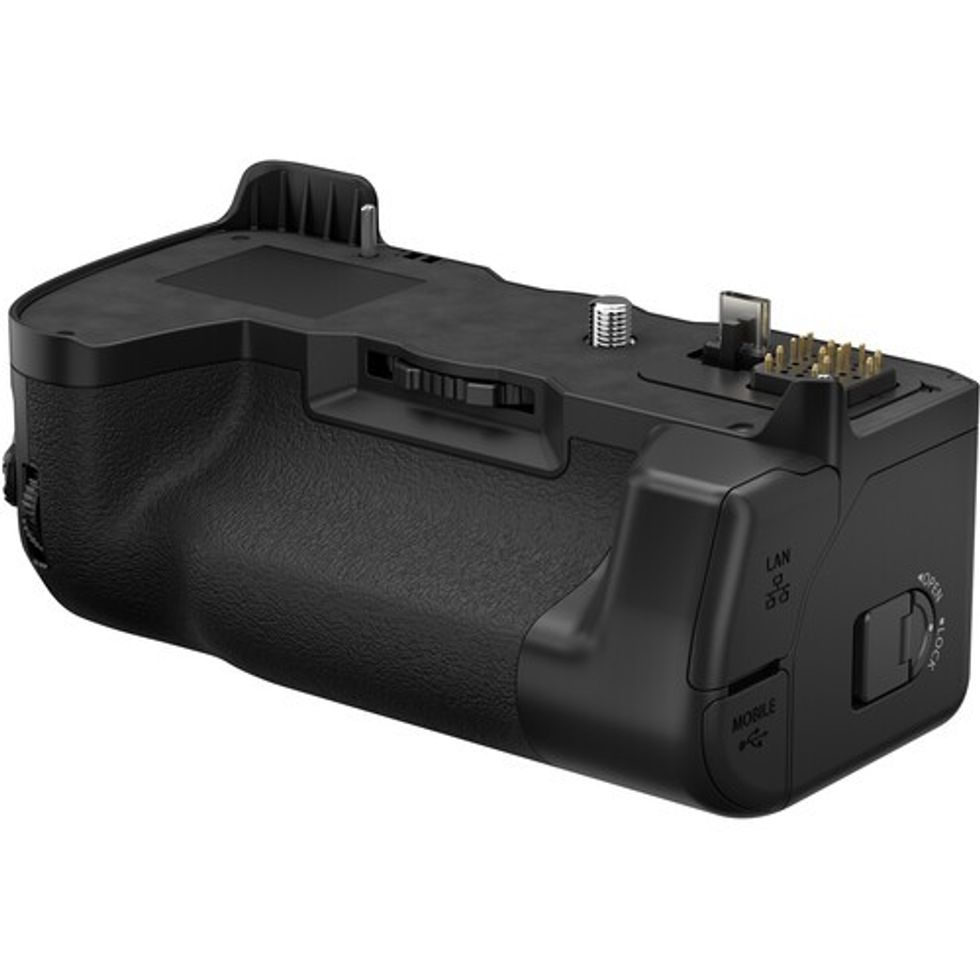
As of right now, the camera only allows you to log in to a WiFi system that has a single password, and it isn’t set up for a corporate login/password scenario. This means you probably can’t log in to your hotel’s WiFi through the unit.
The workaround for this is a dedicated WiFi router that you can set up with just a single password. Then, you can use this in event spaces in bridge mode to share the WiFi from the event or convention hall, using the router to log in. Whether you like it or not, knowing some basic networking is part of filmmaking these days.
Native Camera to Cloud (C2C)
The best part of this network system is that with its launch partner Frame.io, the Fujifilm X-H2S is one of the first cameras to get dedicated Camera to Cloud, or C2C.
Setup is very easy, and once you are up and running, it just works.
The NFS coverage of NAB 2023 was recorded with this system, and after a few first-day jitters, our team in LA was actively editing footage that our camera operator had just shot in Las Vegas.

Frame.io has a handy tutorial to walk you through it. You pair your camera with a project, and as you shoot, your footage uploads virtually.
This is a feature where Fujifilm is clearly ahead of the curve compared to the competition. RED is also pushing hard on C2C, but RED doesn’t have anything nearly as affordable as the X-H2s. The imagery coming from Fujifilm is highly competitive at an affordable price point.
To be honest, the biggest hurdle right now is that production isn’t keeping pace.
Over the last two years, I’ve used some form of C2C on various jobs, either using external units from Teradek and Hollyland. A major benefit of the Fujifilm X-H2S is that it’s built in-camera, which you can use it without the network grip (although it’s stronger with the network grip).
I’ve yet to work on a production that uses C2C properly. The being said, the shift of RAW delivery to post seems imminent and could be massive for quicker deliver and ingest for post production.
Conclusion

We were already fans of the Fujifilm X-H2S, and the continuing support for external workflows strengthens our attachment to this platform. Fujifilm can claim a lot of pride for creating the first camera to have C2C fully integrated in a “native” fashion, and it works well. Getting your production ready to take advantage of the benefits is another matter.
We wish you could send Timecode straight into the body through the microphone port, but the Blackmagic Video Assist setup works well. Our hope is that we’ll see more C2C integrations (Blackmagic Cloud?) in the near term. But even short of those features dropping, it’s still the most competitive camera in its space right now, and was a go-to staple for autofocus needs this past year. Which, to be honest, it more and more often is.
Author: Charles Haine
This article comes from No Film School and can be read on the original site.
